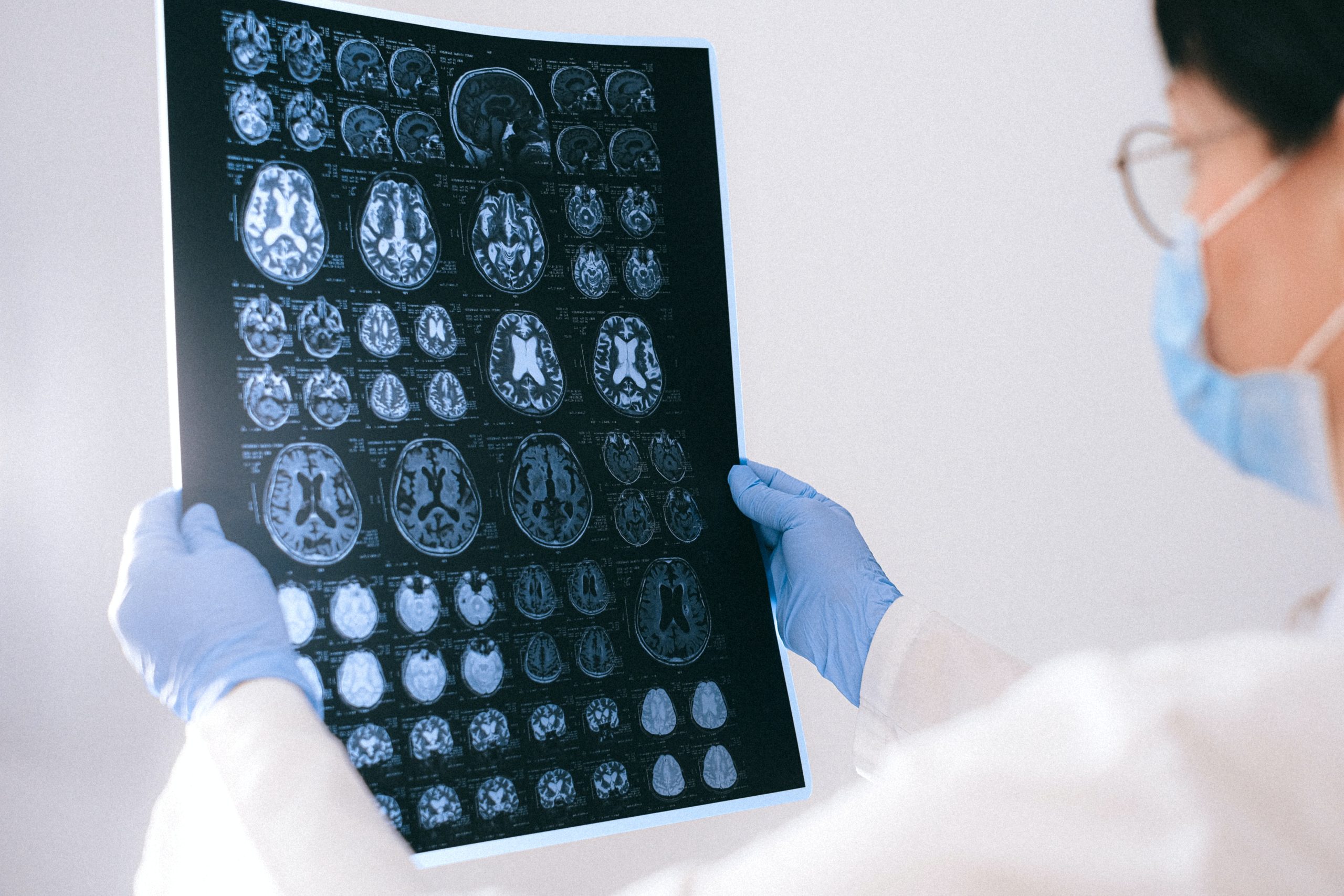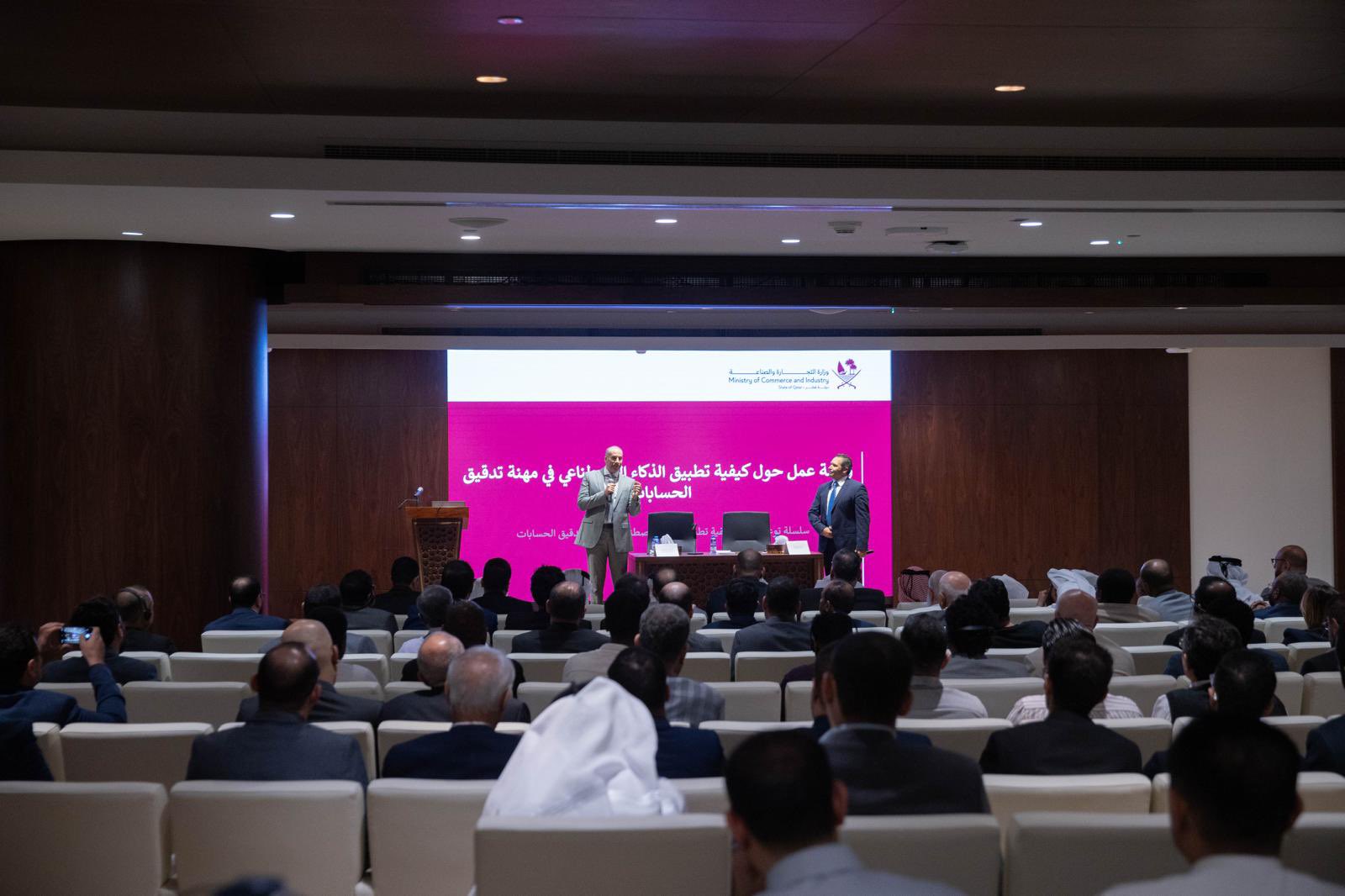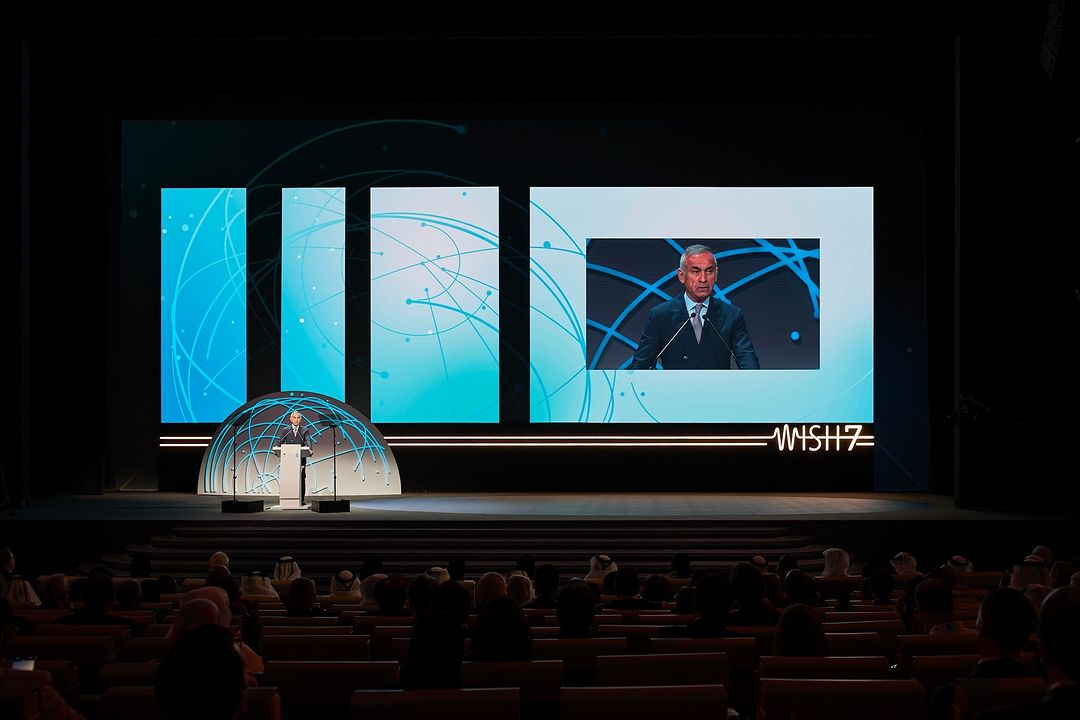There are at least 313 million Arabic speakers in the world.
The brains of native Arabic speakers function differently than others due to the complexity of the language, a new German-based study found.
Published on NeuroImage, the study was conducted by experts at the Max Planck institute on some 47 Arabic and German speakers.
The choice of the two languages by the researchers was due to their differences, one being a Semitic language and the other an Indo-German language.
“In particular, our childhood, where the brain still shows a stronger possibility of adaptation, might leave important traces in our brains and build the basis for the specialisation of every individual brain,” Dr. Alfred Anwander, the study’s author, said.
Some of the comparisons the researchers analysed included the brain region’s wiring when it comes to the language processing.
The researchers then concluded that native Arabic speakers have more complex functions due to the amount of attention required to pay attention to the language.
“Besides the better understanding of the different processing of the different languages in the brain, this might have also some implication in clinical cases where individualised treatment might be needed e.g. in neurological rehabilitation strategies,” Dr. Anwander said.
While Arabic is one of the world’s most spoken languages, it has its own set of complexities in which the pronunciation and meaning depend on context. Unlike German and most other languages like English, Arabic text is read from right to left.
The researchers analysed the brains using the high-resolution diffusion-weighted MRI, to track the brain white matter connections of language and speech. They also used the tractography-based network statistics of the language connectome.
The scanning was needed to better detect the connectivity in the left and right hemispheres of the brain, were language is processed. There was a high activation in both hemispheres among Arabic speakers, suggesting the complexity of the language and its processing.
“Arabic native speakers showed stronger connectivity in the connections between semantic language regions, including the left temporo-parietal network, and stronger inter-hemispheric connections via the posterior corpus callosum connecting bilateral superior temporal and inferior parietal regions,” the study said.
The researchers confirmed they will later conduct another study on the brain functions of Arabic speakers upon learning German, though the current findings would possibly help develop the educational process of each language.
Globally, there are at least 313 million Arabic speakers and there are more than 25 Arabic-speaking countries.







